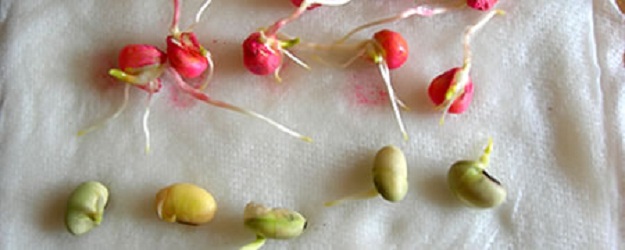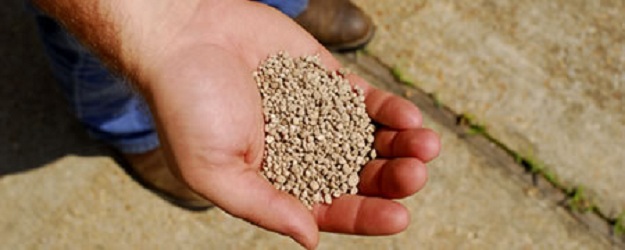
Seeds are actually living organisms and need moisture to release their stored energy. Buying seed is more like buying milk or eggs than it is buying a deer call or a treestand, they have a shelf life, although it’s somewhat longer than those grocery store perishables. Some seeds will lose germ relatively fast (one season), while others like BioLogic’s premium blends can keep germ for years beyond the date on the bag. How do you know if your seed is still good? Simply perform this test [VIDEO].
Make sure to store seed at room temperature and keep it dry. Storing it in sealable storage containers will keep it dry and vermin free.
Once you know your seed is good, a common mistake when using a BROADCASTER is using too much seed. There are so many variables in broadcast spreaders that it’s impossible to have a “one setting fits all” for most products. How fast will you walk, how tall are you, how fast will you crank the handle (for hand-held or over the shoulder models), what angle to the ground is the broadcaster, etc. There are so many variables that even with the same setting 10 different people will cover the area 10 different ways.
The best way to ensure proper coverage (even with ATV or tractor broadcasters) is to measure the intended area (a laser range finder works great) and then measure out the correct amount of seed to cover the area. Then set the broadcaster lean so the seed just starts to trickle out and cover your area. Ideally you want to cover the entire area and still have seed left in the hopper. Then go back over the area until the seed is gone. If you use a different pattern when you go back over the area it will help to ensure proper exposure. After you do this several times you‘ll develop a feel for it and can usually come very close in one round.
Are You ALIVE?

How Long Can You Go without Food?
How long can you go without food? Your food plot plants also need food in the form of fertilizer. Fertilizers will have an analysis that tell you what they contain. Most often the analysis will tell you the N, P, K ratio (N is nitrogen, P is phosphorus and K is potassium) for the product. As an example, a 10-10-10 fertilizer would contain 10 pounds each of nitrogen, phosphorus and potassium in 100 pounds of


























